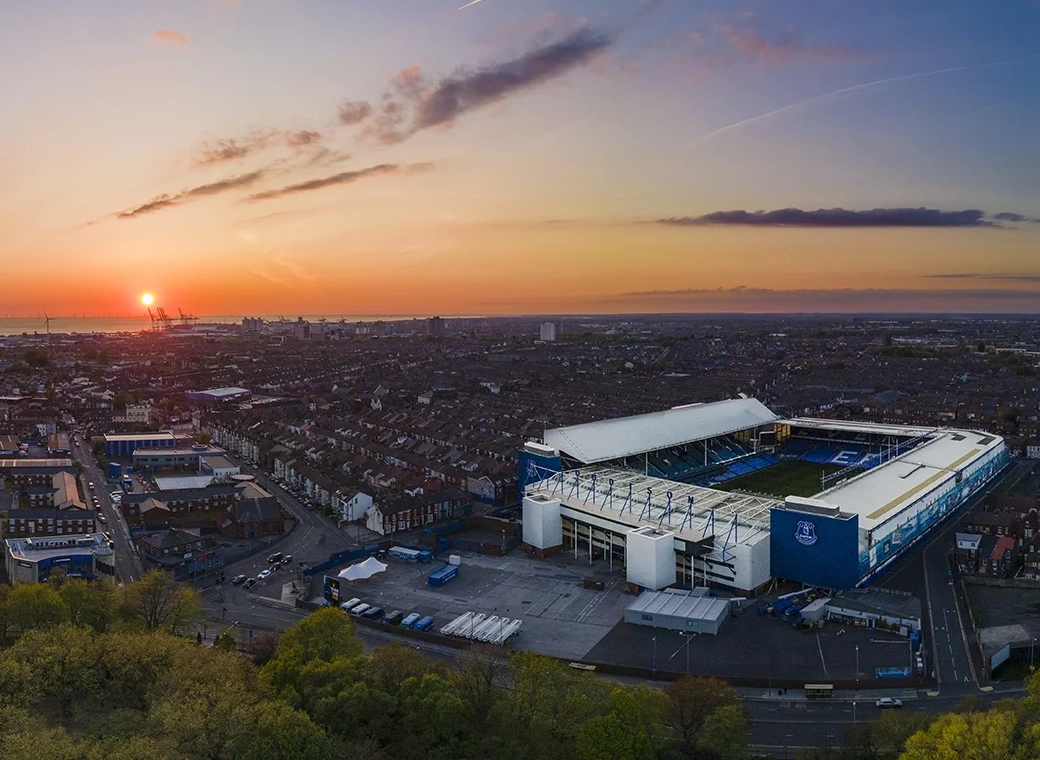From the planning docs on new train/ferry infrastructure..........
Need for new rail station
14.6.1 From discussions with stakeholders, it has been suggested that there may be potential for the proposed stadium and wider Liverpool Waters area to be served by a new rail station. It should be noted that the concept or the requirement for a new station has not been suggested as necessary by Merseytravel as part of the Liverpool City Region Combined Authority, Merseyrail Electrics nor transport officers at Liverpool City Council. The potential for a new station has
however been reported in the media and was raised as a consideration through public consultation.
14.6.2 This section provides the rationale for why a new train station would not be required to serve the stadium development. Although no specific location of the station has been stipulated by stakeholders, a logical location could be on the Northern Line between the existing Sandhills and Moorfields stations.
14.6.3 It should be noted that subject to the location of the potential station, it is unknown if this station would be located at such a distance to make rail travel to the stadium more attractive than it is at present from Sandhills. Presently, Sandhills is located within an entirely reasonable walking distance and a new station is unlikely to generate significant modal shift towards the train. Indeed, it can be argued that a station any closer to the stadium would present more significant
challenges in crowd management.
14.6.4 As set out previously in Section 8.3 a ‘typical’ season for Everton would constitute 23-28 home first team fixtures per season. Assuming a maximum of 4 non-football events at the stadium per annum, a new station in the area would only be used to support the stadium use for a maximum of 32 days a year. The remaining 333 days the station would be underused given the low levels of rail demand in the area, and the close proximity of Sandhills station. Certainly, when there isno event or match on at the stadium Sandhills is perfectly adequate to service the non-match –non-event stadium uses.
14.6.5 Following planning submission in 2019 and discussion with Merseytravel and Liverpool City Council it considered that a new train station is not required to make the proposed stadium acceptable in planning terms.
Need for new stadium ferry terminal
14.7.1 From engagement with stakeholders there have been suggestions for a new ferry terminal on the River Mersey to serve the development. This idea has some merit in the long term once the wider Liverpool Waters Enterprise Zone has been largely built out and there is a critical mass of attractor destinations in this part of the city to justify such an investment. However, at this stage it is considered that there is no requirement for such infrastructure to serve the Bramley-Moore Dock stadium in isolation.
14.7.2 Firstly, it should be noted that the sea wall forming the boundary between the proposed stadium site and the River Mersey is not owned or under the control of the Club. As this land is in third party ownership it would not be possible for the Club to deliver even if such a facility was feasible in operational terms.
14.7.3 Notwithstanding this a new terminal and the additional ferry services that would serve it would be unsustainable in terms of the limited demand generated by the stadium in isolation. This is due to the occurrence of match days at a rate of 1 per 1.6 weeks on average during the football season only (football fixtures at the new stadium will fluctuate between 23 and 28 games per season). Furthermore, the non-match and non-event uses at the stadium during the working
week are likely to generate insufficient transport demand to support a new ferry service. The high cost of this infrastructure investment and the likely requirement for additional new ferry vehicles would make this prohibitively expensive for very limited return.
14.7.4 A more likely solution is that trips bound for or departing from Bramley-Moore Dock use existing ferry services via the Pier Head terminal in the city centre, travelling between the city centre and Bramley-Moore Dock in the same manner as those accessing via rail or bus services. Notwithstanding this, as explored in Section 4.8 the level of service currently provided by Mersey Ferries means that travelling to Liverpool city centre by ferry is possible for weekday evening and weekend matches. However, there is no service available to take supporters back to Wirral after these matches have finished on account of the limited service timetable.
14.7.5 For these reasons, unless the current level of ferry service is extended (which Merseytravel has informed us is not planned) ferries are considered unlikely to attract a significant number of users. The primary users are envisaged to be those living within walking distance of the ferry terminals in Wirral at Woodside and Seacombe. Bus, rail and road travel to Liverpool for onward travel to Bramley-Moore Dock are much more convenient modes which will offer the potential for a two-way journey, something which the current ferry service cannot provide.
14.7.6 Ferry patronage from wider areas is not forecast as Woodside has no major parking facility nearby and is difficult to access from the Strategic Road Network. Whilst Seacombe is served by a large parking facility, it is also more difficult to access from further south in Wirral or from Cheshire and North Wales, with users having to drive past the Kingsway Tunnel entrance at the end of the M53









